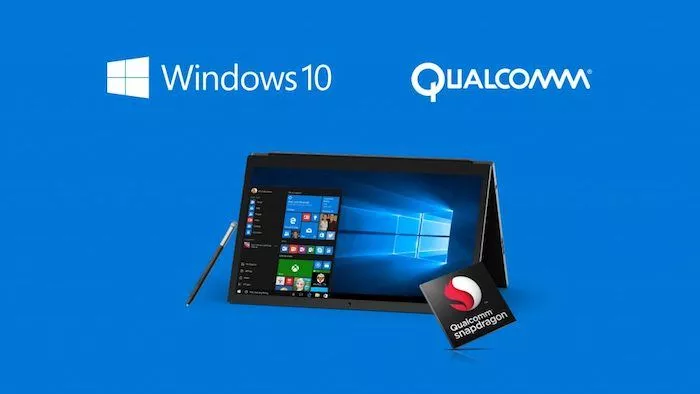Qualcomm Could Bring “Snapdragon 7cx” For Cheaper Windows 10 ARM Laptops

Qualcomm’s new Snapdragon 8cx is already making the rounds for delivering a performance on par with an 8th Gen Intel Core i5 chip on PCMark 10.
As you might know, the chip is designed to power the newer breed of devices called Always-Connected PCs, running Windows 10 on ARM.
These Snapdragon-powered PCs come fitted with cellular connectivity, provide a decent amount of performance, and enough battery for an entire day.
However, the reality of the market is that the adoption of these devices is slow, mostly because there aren’t many cheap and promising options available for the users. On top of that, there are various compatibility issues which might degrade the overall experience.
The problem with Snapdragon laptops
One problem with Windows 10 ARM devices is that most of the apps that run on these devices are not natively supported and require an emulator. Hopefully, that might change soon and the developers will be able to create native ARM64 apps without much effort.
Generally speaking, Snapdragon laptops are still not considered as powerful as their Intel and AMD counterparts. Hence, their current price tag doesn’t feel justified.
Sure, Qualcomm is working day and night to challenge Intel’s dominance in the market. To tackle the situation, it’s expected that soon the company will come up with low-cost chips to run Windows 10 ARM and Chrome OS.
According to Qualcomm’s VP of Global Product Marketing Don McGuire, new Snapdragon chips will power laptops sold between $300 and $800. These will be launched in a tier lower than the current 8cx.
If Qualcomm doesn’t have any intention of a confusing name convention like Intel, the chip could most likely be called Snapdragon 7cx.
Speaking of apps, Microsoft is also working hard to bring native versions of its Office apps to Windows 10 ARM. McGuire said during the Mobile Tech podcast that the limited adoption of Snapdragon laptops has also demotivated Google.
The company has scaled back its plans to bring a native version of Chrome to Windows 10 ARM. Maybe once these devices get into the hands of more people, Google might speed up the process.
Why are ARM laptops different?
McGuire said the Snapdragon 8cx was built from the ground up with a faster CPU and GPU to cater to the needs of laptops. It’s somewhat different from the Snapdragon chips we see on our smartphones.
Snapdragon laptops could provide portability and less weight, which many people want from their PCs. But there is a major difference that Qualcomm wants to make.
McGuire and the show’s host Miriam Joire describe how seamlessly your smartphone can wake up and resume its tasks, like getting back online or resuming apps. It appears as if it wasn’t ever disconnected — then there is the power efficiency it offers.
While on the other hand, the x86 aren’t mostly designed that way. Although the delay is very small, it’s there. The closest you get is with Apple’s MacBooks. Still, the concept of these always-on and always-connected laptops is a lot different than just adding a 4G LTE chip to an Intel x86 laptop.
They want to bring that kind of experience where PCs just work as instantly as our smartphones and create a balance between performance and power efficiency. For example, people might have to shut down their PCs less often to save battery life.
So, let’s see if Qualcomm can revolutionize the PC market. What do you think about Snapdragon laptops?
Source: WinFuture.de via MSPowerUser
What do you think about Snapdragon laptops?
Also Read: Microsoft Wanted To Create History With UWP; Now It’s Turning Back






